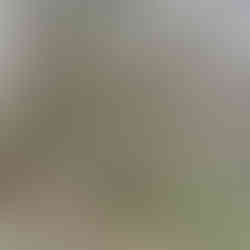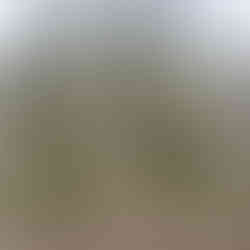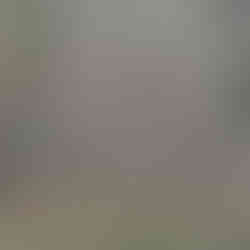MPP Research
- Dave Macey

- Dec 19, 2015
- 3 min read

This might get a little bit odd...
I'm still at the monastery and I went for another walk around Hammer Forest. Beforehand I went to read John Berger Ways of seeing but I then realised that I had left it indoors. So instead I started to look again at the Jem Southam book Rockfalls and Ponds to get a sense of the deadpan landscape image.
A few things have stood out. The first being not to overemphasise the object that is being photographed because that it reinterpreting the image and then it stops being deadpan as it has a style to it. The next point is to try and photograph the object as you see it, in other words as "straight" as possible without reinterpreting it. I also decided that I needed to standardise my approach so I set the zoom lens on 35mm to give me the correct perspective as we see things with the human eye (I am using a DSLR with an APS size sensor), use the camera on a tripod set to head height and then limited myself to taking just 30 photographs, which would be the equivalent of using 2 rolls of 120 with my Bronica ETRS.
With taking the photographs it seemed harder than what I thought it would. It became apparent quite early that I would want to emphasise something in the image by manipulating the composition. It also became clear that the sense of space and distance are important and that I was tending to get too close. I also turned off the grid display on the DSLR as the grid leads to a formulaic use of the rule of thirds.
Another issue I came across is that the subject matter in Hammer Forest is very natural and very beautiful and so this would come through without having to emphasise it. I knew in advance just how picturesque the wood is and it also showed me how I wanted to emphasise that when there was no need.
Again I am left in the position of only being able to review the images on the screen of the DSLR, which is rather limiting (part of me wishes that I bought my iMac with me but that's not exactly practical in a Buddhist monastery...)
One problem is that part of me feels that I am not "getting it" with the deadpan image, that I am missing something. It doesn't really feel that I have worked and toiled over getting the image, that I haven't done anything "special" to make the image good but instead I've just photographed what was in front of me. I know that this is the point of deadpan imagery, the lack of manipulation, but it just doesn't feel right.
One thing that I have been doing whilst at the Buddhist monastery is reading about Buddhism. One book that I've come across is The Way of Zen by Alan Watts, an academic who has studied Buddhism, Christianity, Hinduism and Islamic teachings to find and explain common themes. In this book he talks about Taoism from China and of how that requires a different way of thinking than here in the west. He goes on to mention that western culture has very linear thinking, that A leads to B and then C and so on, but with Tao thinking the centre is concentrated on one aspect of reality whilst there is peripheral thinking happening at the sides. Consequently, when we come across a problem, we can only think of solving it by just one way of thinking and fully concentrating our attention on it. With Tao thinking the centre of the mind would think of the problem and then the edges would think different ways around the problem, it becomes a more intuitive and spontaneous way of thinking.
So when I apply this to my issues concerning the deadpan photograph I tend to tackle the problem head on by reading articles and studying examples and then try and take deadpan imagery but with Tao thinking that is only part of the answer and a more spontaneous way of thinking and tackling the problem is to try and think round the issue instead of just tackling the front of the issue. I must admit this is all rather new and don't know how I will do this, but it has shown me how I think about a problem and how I normally solve it. I am aware that my thinking is quite academic and linear, in that I will think along the lines of premise premise conclusion, the same as a paragraph, and then build up the solution that way. But having a more spontaneous and unregimented way of thinking will help me to become more creative, less predictable and hopefully a better photographer.































































Comments